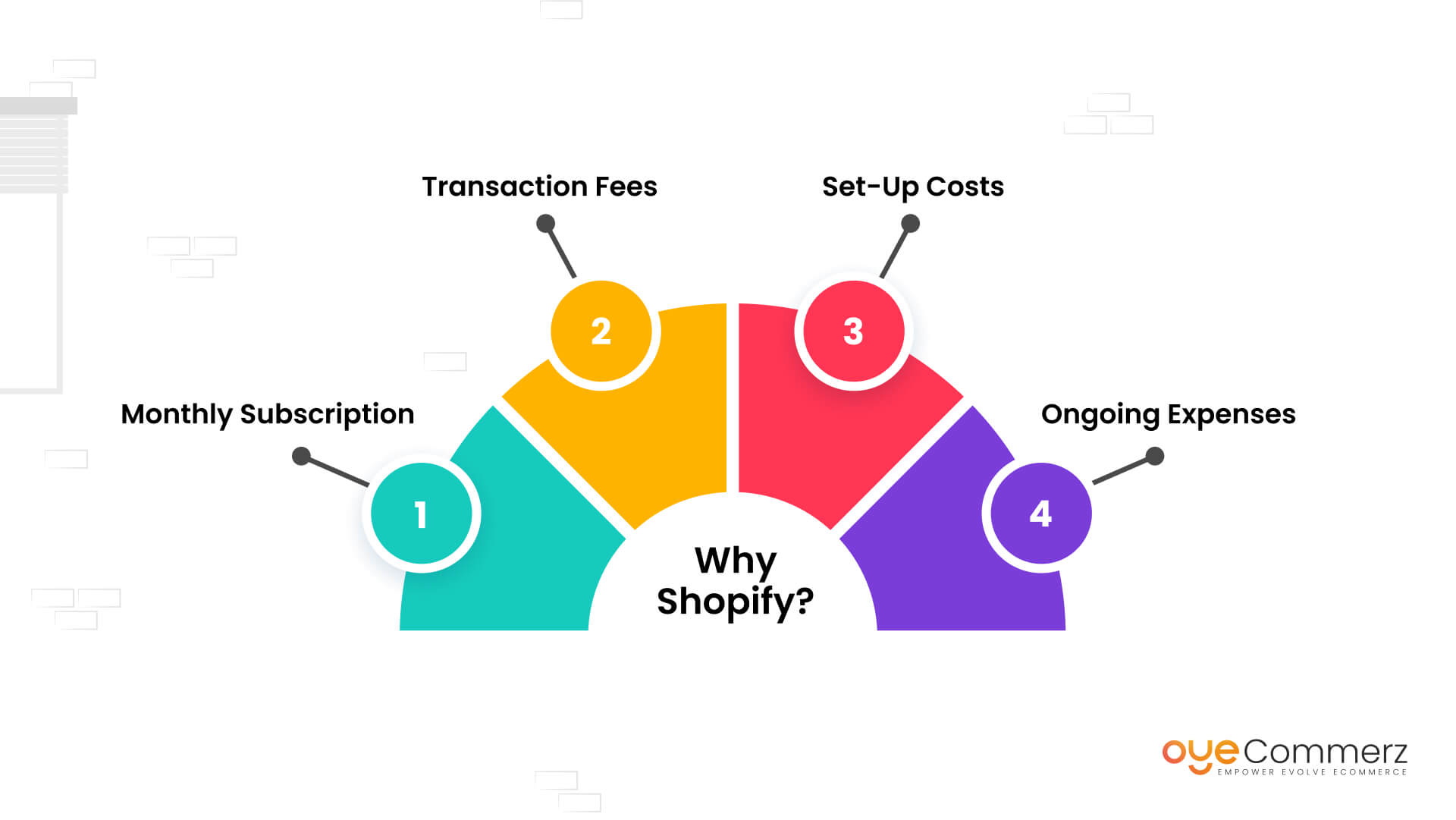Shifting from WP to Shopify is an exciting step in optimizing your e-commerce operations. As companies expand, selecting a platform that aligns with growth potential, user experience, and flexibility is essential. Shopify has emerged as a preferred choice for online merchants, providing unmatched adaptability, security, and user-friendliness. In this guide, we will delve into why this migration is a game-changer, discuss the advantages, and provide practical tips to ensure a seamless move.
1. Why Migrate from WP to Shopify?
WordPress, paired with WooCommerce, has served countless e-commerce platforms. Nevertheless, as businesses expand, challenges like reliance on plugins, security vulnerabilities, and complex setups can hinder progress. Shopify, designed explicitly for e-commerce, eliminates these issues with an comprehensive, intuitive platform. Real data back this shift—Shopify powers over 4.4 million stores globally, with a reported 10% boost to sales conversion rates for numerous merchants post-switch.
2. Key Benefits of Shopify for E-commerce Success
Shopify’s powerful platform is tailored for expanding brands. Its standout features are:
- Seamless Customization: Shopify provides over 80 expertly crafted themes.
- Integrated Tools: Capabilities such as Shopify Payments and integrated SEO save time and effort.
- International Expansion: Currency versatility and localization features empower brands to expand internationally.
Additionally, Shopify boasts an availability percentage of 99.98%, ensuring your website remains accessible.
3. Preparing for WordPress to Shopify Migration
Prior to starting the migration process, assess your existing setup. Analyze product data, client information, and search engine rankings. Tools like Shopify’s Migration Kit or third-party solutions help ease the transition. Develop a detailed strategy, ensuring all assets—item details, media files, and articles—are optimized for transfer.
4. Data Migration: A Critical Step
Data migration is a cornerstone of a smooth platform switch. When moving from WordPress to Shopify, focus on:
- Inventory Details: SKU, item summaries, and groupings.
- Client Information: Emails, purchase records, and custom fields.
- SEO Optimization: Retain meta tags, URLs, and forwarding paths to maintain search rankings.
Leverage apps like LitExtension to streamline data transfer while reducing mistakes.
5. Tailoring Your Shopify Store to Fit Your Brand
After the move, personalizing your Shopify Shopify data transfer services store ensures it aligns with your business identity. Take advantage of Shopify’s drag-and-drop editor to design pages effortlessly. Shopify's themes are optimized for all devices, ensuring a seamless UX across platforms—a critical factor, given 74% of online shopping comes from mobile visitors.
6. How to Protect Your SEO Rankings When Switching Platforms
SEO is vital for preserving your online presence during migration. Shopify excels in SEO with clean URL structures, built-in optimization tools, and smooth content management. Ensure:
- Implement 301 redirects for old URLs.
- Enhance updated content with targeted phrases.
- Use Shopify's apps Plug in SEO to monitor performance after the switch.
7. Essential Tests After Migrating to Shopify
Once the migration is complete, run detailed checks.
Review: - Website speed (Shopify delivers faster speeds in contrast with WordPress).
- Payment integration reliability and checkout processes.
- Adaptability across devices.
Testing ensures your store provides a seamless shopping journey from day one.
8. Real-Life Success Story
An example of effective platform switching is Gymshark, a fitness Migrating online stores to Shopify apparel brand that moved to Shopify. After the switch, the company saw a 60% boost in mobile sales and significantly lowered site downtime. This showcases the capabilities of Shopify in driving e-commerce growth.
9. Challenges and Solutions
Migration comes with challenges, such as information accuracy and adjusting tailored features. However, Shopify’s robust support and external professionals simplify the process. Collaborating with qualified Shopify developers helps guarantee a smooth transition.
10. Making the Switch: The First Step Toward Success
Migrating from WordPress to Shopify represents a forward-thinking decision to online retail. By addressing scalability, simplifying management, and improving buyer satisfaction, Shopify empowers businesses to succeed in challenging industries.
Conclusion
Transitioning from WP to Shopify is a strategic move that can significantly boost your e-commerce success. With a well-structured strategy, the appropriate resources, and expert support, you can achieve new success milestones.
Excited to start the journey? Let’s discuss how our Shopify migration services can revolutionize your e-commerce platform. Contact us now, or ask yourself: Can your business afford to miss out on Shopify’s growth potential?
